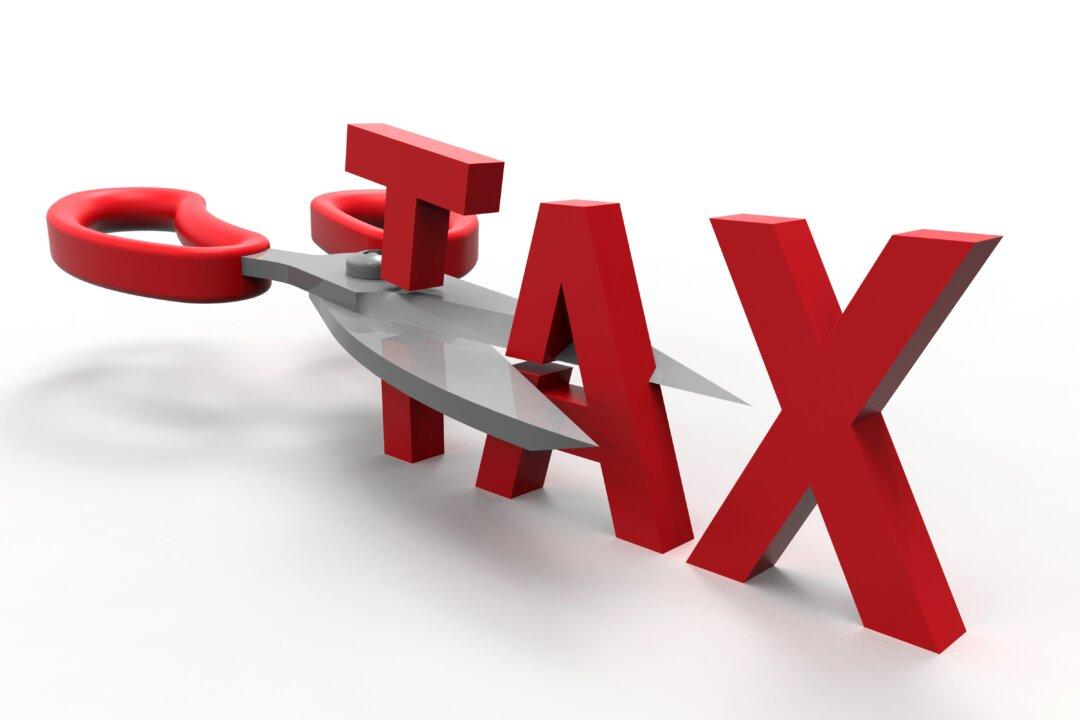Receiving dividends regularly provides an excellent opportunity to earn more money. If you are retired, the money can supplement your income and make it more comfortable. The good news is that there are some tactics you can use to avoid dividend taxes.
The Capital Gains Tax Rate
Taxes on dividends partially depend on how much income you get each year. Because there is a capital gains tax threshold, it is possible to avoid paying any taxes on your dividends if you make below a certain amount. The Internal Revenue Service (IRS) says that in 2022 a single person can make up to $41,675 and not pay any capital gains taxes, and a married couple filing jointly can earn up to $83,350. A head of household can make up to $55,800 and avoid paying any capital gains tax.The tax rate goes up when your income is higher than the above amounts. The taxes jump to 15 percent when the income for a single person ranges from $41,675 to $459,750, and when married couples filing jointly earn between $83,350 and $517,200. Any income higher than the amounts above are taxed at 20 percent.






